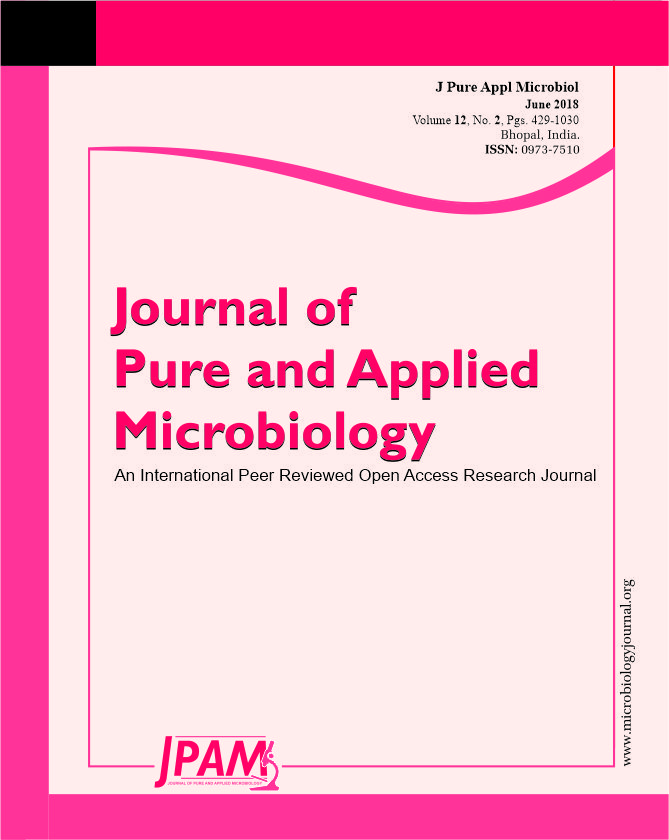The biopreservative effect of purified bacteriocin produced during lactic acid fermentation of wild Himalayan fig pickle was investigated in RTS-drink. A total number of seven isolates (SS1, SS2, SS3, SS4, SS5, SS6 and SS7) were isolated from fermented wild Himalayan fig pickle. SS7 isolate was identified as Lactobacillus genus according to Bergeys Manual of Systemic Bacteriology. SS7 isolate of Lactobacillus genus produced bacteriocin with maximum antagonistic activity against Escherichia coli, listeria monocytogenes and Bacillus cereus, though it was more effective against Bacillus cereus than others. Completely purified bacteriocin showed increased in zone of inhibition against food borne pathogens then partially purified bacteriocin. Bacteriocin was thermo stable as it retains its stability up to 121 °C. The maximum antimicrobial activity was retained within the pH range of 6–7, but it was adversely affected by the addition of proteolytic enzyme papain. The biopreservative efficacy of bacteriocin of SS7 isolate was found in RTS-drink. In RTS-drink, Minimal Inhibitory Concentration of bacteriocin was found to be 4.0 mL for Bacillus cereus, E. coli and 4.5 mL for L. monocytogenes.
Bacteriocin, Natural lactic acid, Fig Fruit
© The Author(s) 2018. Open Access. This article is distributed under the terms of the Creative Commons Attribution 4.0 International License which permits unrestricted use, sharing, distribution, and reproduction in any medium, provided you give appropriate credit to the original author(s) and the source, provide a link to the Creative Commons license, and indicate if changes were made.


